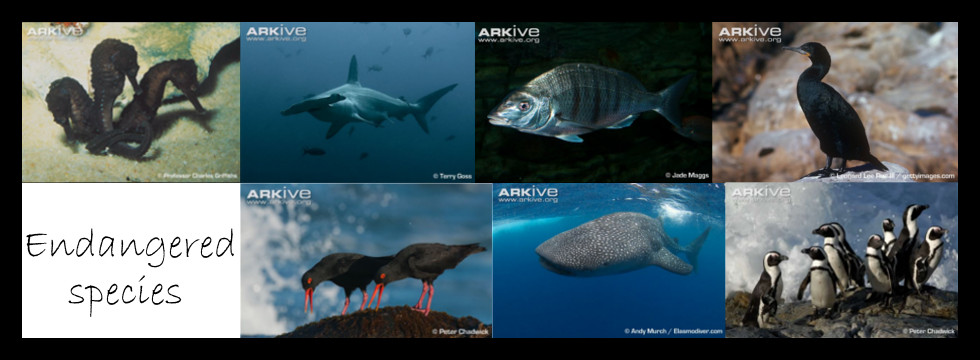Here in Plettenberg Bay we are lucky enough, on occasion, to see the ocean’s apex predator, the killer whale (Orcinus orca). The killer whale is a cosmopolitan species, which means that it is found in all the oceans of the world. In fact, it is so widely distributed that it is the second-most widespread mammal READ MORE
Plastics are one of humans’ most recent ubiquitous and long-lasting changes to Earth’s surface. Due to the durable, inexpensive, lightweight, strong nature of plastics, they are suitable for an immense range of products, including a number of single-use items. Unfortunately, the same properties that make plastics suitable for a variety of applications make them a READ MORE
Cetaceans are a widely distributed and diverse group of aquatic mammals comprising of whales, dolphins and porpoises. Cetaceans are further grouped into the Odontocetes (toothed whales), and the Mysticetes (baleen whales) based primarily on their feeding habits. Toothed whales have conical teeth and feed largely on fish and marine invertebrates, while baleen whales have bristles READ MORE
Although shy and somewhat elusive, the Indian Ocean humpback dolphin (Sousa plumbea) is commonly sighted in Plettenberg Bay’s nearshore waters. These dolphins can often be seen swimming along the Keurbooms and Robberg beaches, alone or in small groups of between 2 and 15 individuals. Humpback dolphins can be readily distinguished from other dolphins by the READ MORE
Over the past few weeks we have seen both our migrant whale species come into Plettenberg Bay, bringing the number of whale species in these waters up to three. It is often easy to focus on our more ‘personable’ migrant whale species that visit our bay, and forget our incredible but shy resident. The Bryde’s READ MORE
The Knysna seahorse Hippocampus capensis is an endemic seahorse species to the Western Cape, found in only three estuarine systems: Swartvlei Estuary, Knysna Estuary, and Keurbooms Estuary. Historically this species was also found in Klein Brak, Groot Brak, Goukamma, Groot, Kromme, Kabeljous, and Gamtoos estuaries but they have not been seen in these systems for READ MORE
The white steenbras Lithognathus lithognathus is a slow-growing, long-lived, late maturing, and estuarine-dependent species endemic to South Africa. White steenbras is an important recreational and subsistence shore and estuarine fishery species, particularly in the southern and south-eastern coastal regions of South Africa. They can attain 25-30 years of age, and grow over 130cm in length READ MORE
International Endangered Species Day is celebrated every third Friday in May, and this year it fell on 19th May. Endangered Species Day is a chance for us to recognize and appreciate the conservation efforts being put in by a number of organisations, men, and women around the world working to protect our endangered species and READ MORE
The sardine run is a natural phenomenon deeply ingrained in the South African cultural heritage, and while it is well known to many of the general public, it is still poorly understood from an ecological perspective. The sardine run is defined as the annual north-eastward migration of a small and variable fraction of the South READ MORE
The South African marine resources have been exploited for subsistence purposes for thousands of years, but recently with rapid population growth, and a high concentration of people moving into coastal areas, the exploitation has intensified. Many subsistence fisheries are focused on intertidal and estuarine invertebrates, with the alikreukel Turbo sarmaticus being one of these species. READ MORE











